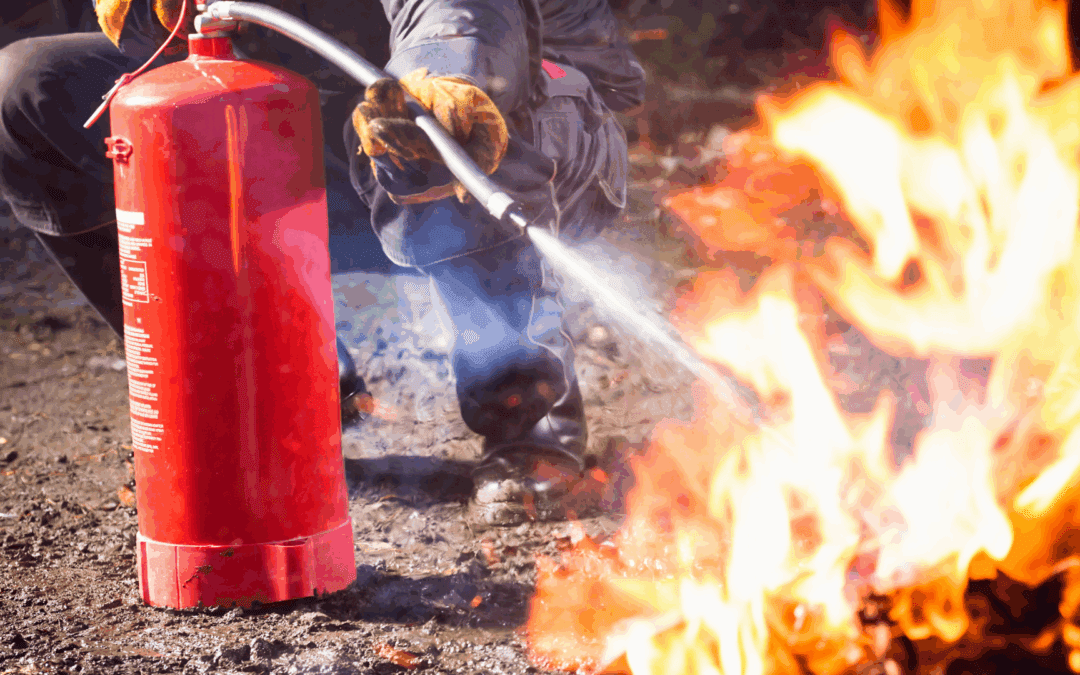Construction sites are full of potential fire hazards—from flammable materials and open wiring to temporary heating sources and welding activities. Whether the site is active or temporarily shut down, fire safety is critical. That’s where professional fire watch services come in. These services aren’t just about compliance—they’re a vital part of protecting people, equipment and future investments. Here’s a closer look at why fire watch is so essential on construction sites and how it supports a safer, more secure operation.
Why Construction Sites Need Fire Watch
During construction, especially in the early phases, many safety systems, such as sprinklers and alarms, may not yet be installed or active. In those conditions, a fire watch service acts as a temporary safeguard, keeping a constant lookout for smoke, sparks, or other signs of trouble. Fire watch personnel are trained to monitor vulnerable areas, identify risks and take action in case of an emergency. In many jurisdictions, fire watch is also a legal requirement when systems are offline, making it not only a smart safety move but a compliance necessity.
1. Protection From Fire Hazards
Construction environments often contain combustible materials, including wood, paper, insulation, fuel and solvents. On top of that, activities like welding, soldering and grinding generate heat and sparks. A dedicated fire watch team keeps a close eye on all of it. They’re trained to detect signs of smoldering or unsafe conditions, report them immediately and activate emergency protocols if needed. By catching issues early, fire watches can prevent small problems from becoming devastating losses.
2. Compliance With Local Fire Codes
In most cities and counties, local fire departments require a fire watch when fire protection systems are down or absent. Violating these codes can lead to hefty fines, project delays or even shutdowns. Professional fire watch teams understand the local fire safety regulations and document their activities to ensure they’re meeting all compliance standards. That means no last-minute surprises during inspections and a smoother construction timeline.
3. 24/7 Risk Monitoring
Fire threats don’t clock out when workers go home. In fact, nighttime is often the riskiest time on a construction site due to unattended heat sources or electrical issues. Fire watch services are available around the clock, providing peace of mind that someone is monitoring the site even when it’s unoccupied. Whether for short-term projects or long-term builds, a 24/7 presence helps deter unauthorized access, spot problems fast and alert fire services at the first sign of danger.
4. Insurance Requirements
Many insurance providers require fire watch coverage if a site lacks full fire suppression capabilities. Not only does this help protect your policy coverage, but it can also reduce premium costs by demonstrating proactive risk management. Having a fire watch on-site shows insurers—and stakeholders—that safety is a priority, and that you’re taking all necessary steps to protect your crew, materials and future tenants.
5. Quick Response to Emergencies
If a fire does start, time is everything. Trained fire watch personnel are equipped to sound alarms, contact emergency responders and begin evacuation or mitigation efforts right away. Their ability to act fast can make the difference between a minor incident and a major catastrophe. By being physically present and alert, fire watch teams fill a critical gap when automated systems are offline.
Construction fire watch services are more than a formality—they’re a frontline defense against disaster. From reducing the risk of loss to ensuring code compliance and meeting insurance guidelines, fire watch is a smart and necessary part of any job site safety plan. If your construction project is in a phase where fire systems aren’t yet operational, now’s the time to schedule a professional fire watch. It’s an investment that helps safeguard lives, property and progress.


Hi, this is a comment.
To get started with moderating, editing, and deleting comments, please visit the Comments screen in the dashboard.
Commenter avatars come from Gravatar.